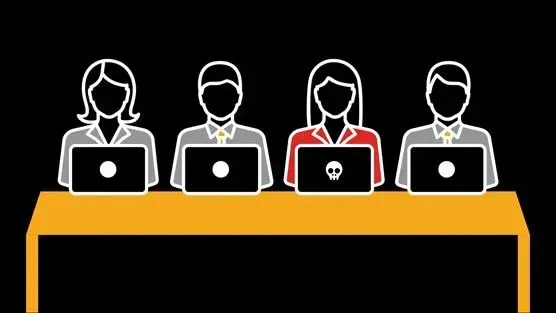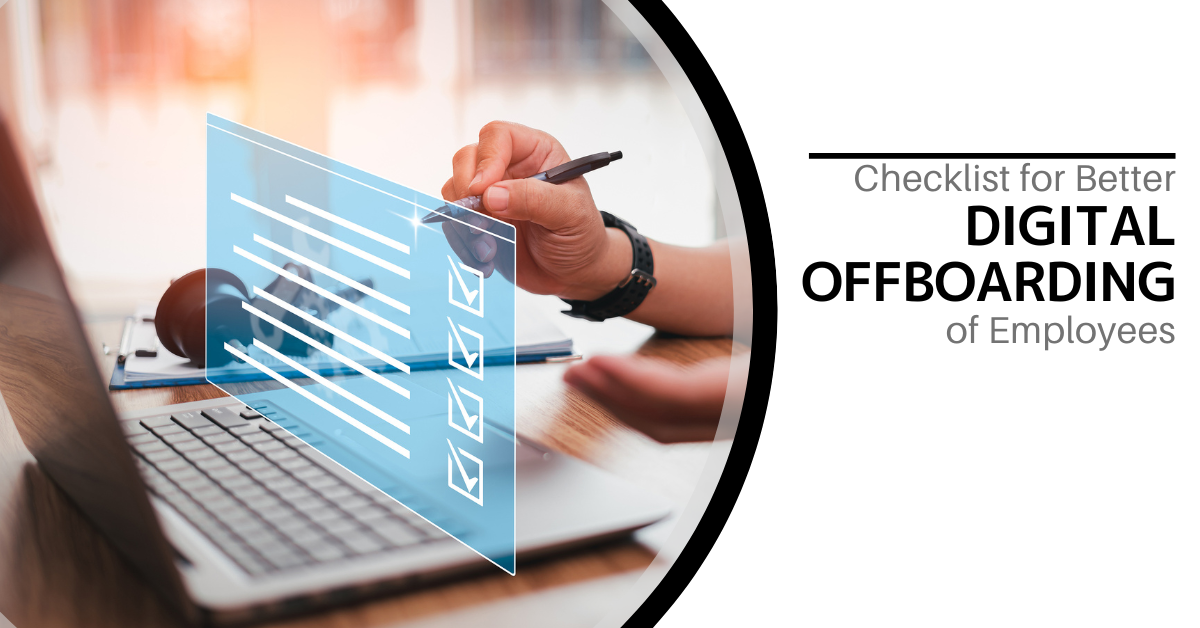The Office is Dying
Office Spaces: Then and Now
The first dedicated office building was created all the way back in 1726. The building was made to handle the abundance of British Royal Navy paperwork and provide a meeting space for collaboration between employees. Since then, the concept has become so widespread; towering skyscrapers now dominate the skyline of major cities across the world.
Due to the initial COVID lockdowns, employees had to work from home, forcing companies to quickly adapt to changing needs, sparking major changes that were developed and deployed within weeks rather than months or even years. Almost overnight cloud services, video conferencing, and remote computer access became essential for a company to stay afloat and keep their employees connected. No one knew when we would be able to go back to the office again.
Now over a year and a half since the lockdowns, many employees have grown accustomed to working from home, with some outright refusing to work for a company that cannot accommodate their new lifestyle. Critics of the work from home model insist that it hinders collaboration and employees will be more tempted to slack off at home than in the office.
Do We Even Need Offices?
If you've returned to a physical office since the pandemic you’ll notice your fellow coworkers hunched over their computers bouncing back and forth from one Zoom meeting to another rather than mingling and discussing new ideas in person. The office you remember as being not so bad has likely become a much more frustrating place and on top of that the commute that wasn't so bad when it was a daily occurrence has now become frustratingly endless.
The effect that working from home has on collaboration has not been extensively studied, but with tools like Microsoft Teams and Slack remote workers can often collaborate as effectively or more so than in person. As for productivity dropping at home, this has been disproven, with most studies claiming they saw a jump in productivity from workers transitioning to a hybrid or completely remote work model.
While we've had effective remote working technologies for years before COVID, the balance of power in a working situation naturally resides with the majority. When the majority of workers were in the same office, remote workers missed key interactions and may have been less effective than their in-office counterparts. However, with the majority of workers now remote, anyone who returns to the office will likely still be operating under remote working rules. Meetings are now held on Zoom, work progress must be tracked through an app, etc.
Will the Office Return?
Some leaders foresaw this shift in power, and started advocating a "return to the office" early in the pandemic, under the assumption that remote work would be a temporary and subpar "Band Aid" until office work was feasible once again.
To attract employees back some companies are attempting to make their offices a "destination", offering benefits like an employee gym, updated décor and complimentary meals and snacks. These are certainly nice things to have, but is someone really going to travel 45 minutes for a workout and lunch?
For many organizations, real estate is considered a "crown jewel," showcasing their importance in a very physical way. However, dedicated physical space seems to be a far less valuable asset than it once was. As you consider your company's future, come to conversations armed with data about how, when and where your employees are working. Tech leaders will help guide and shape many of these conversations and drive the next innovations of where and how we work and collaborate.
If you would like to know more about how
EV-Consultech can help your company work more efficiently online, please fill out the form below:











